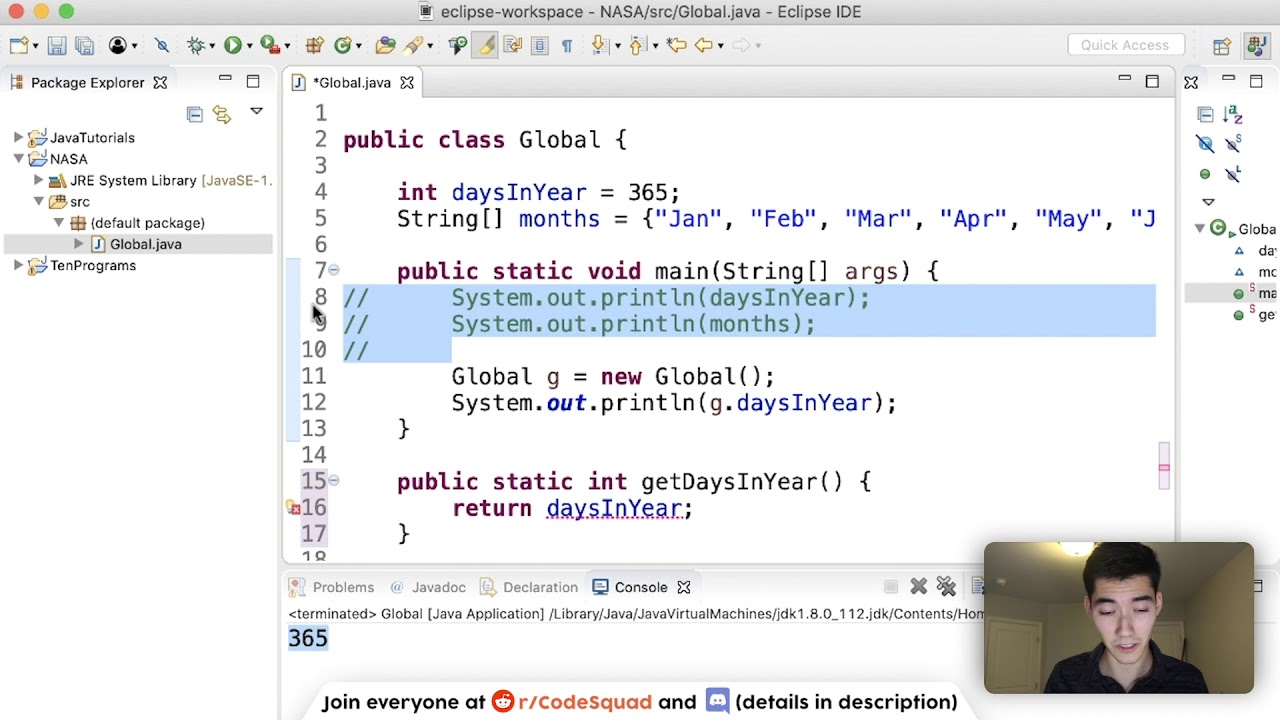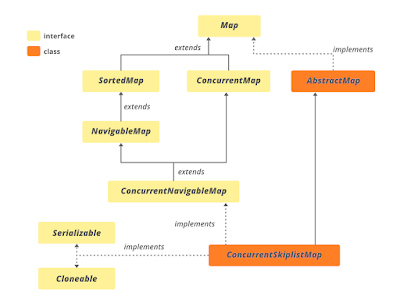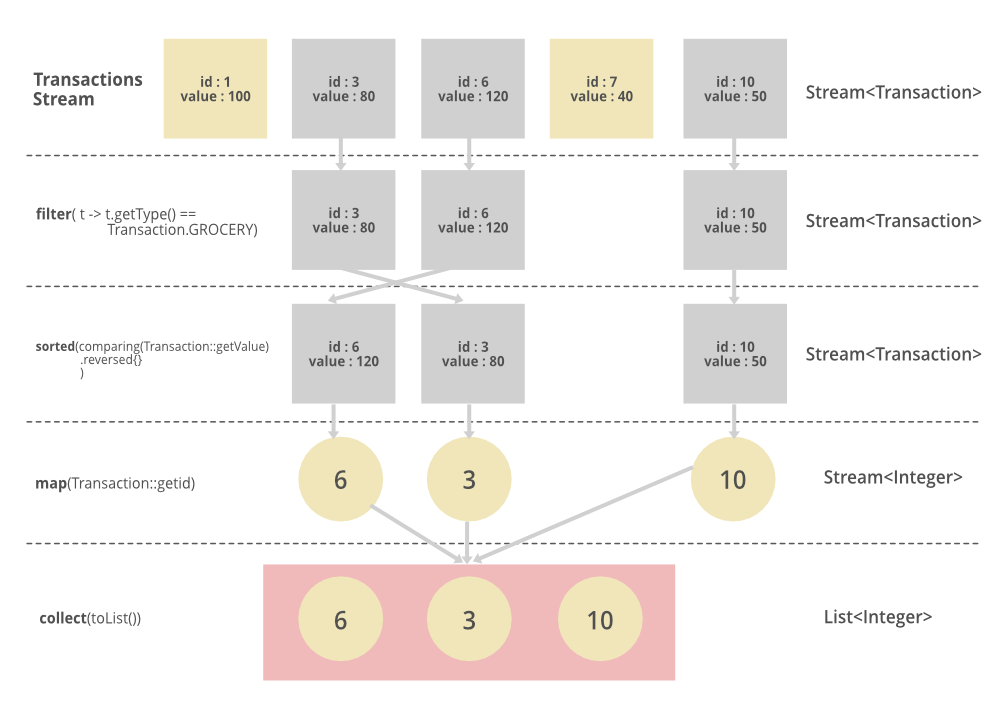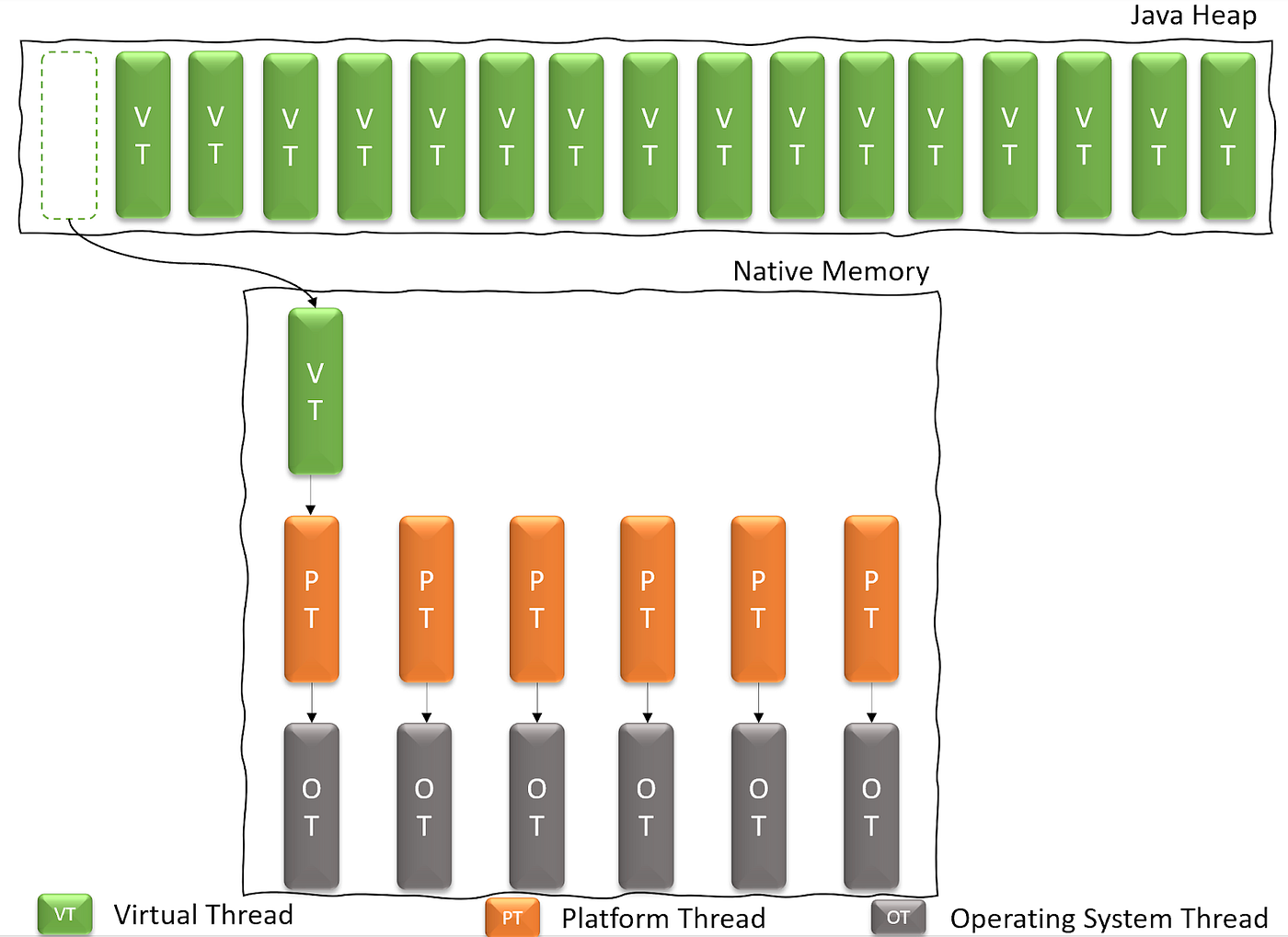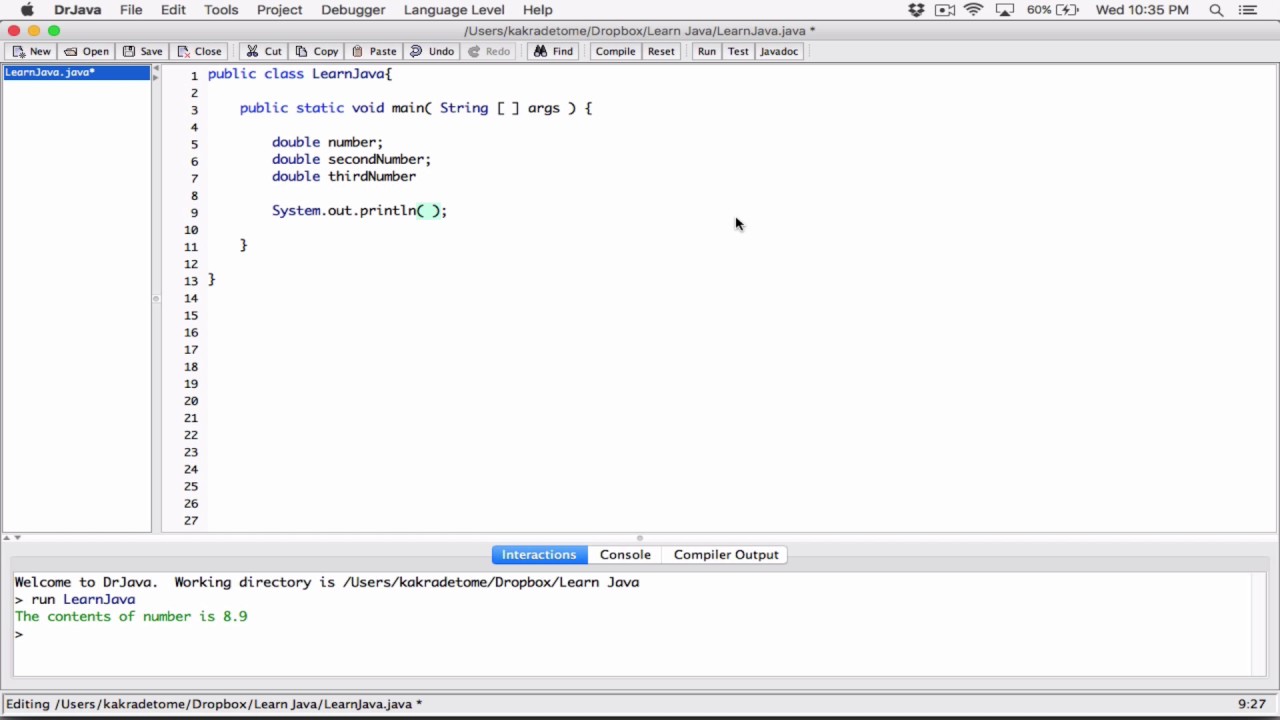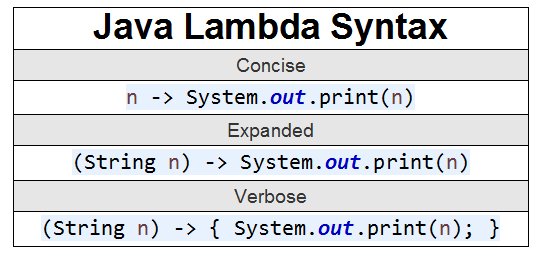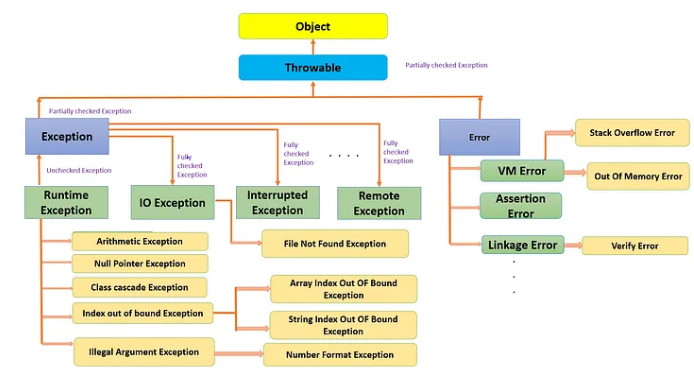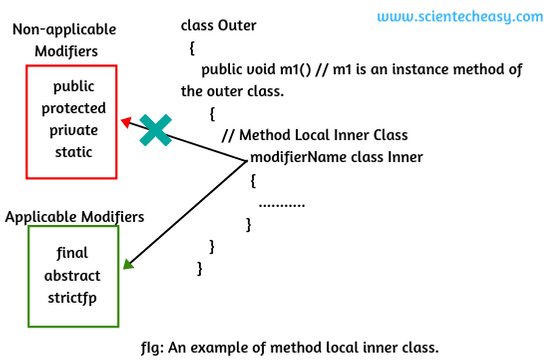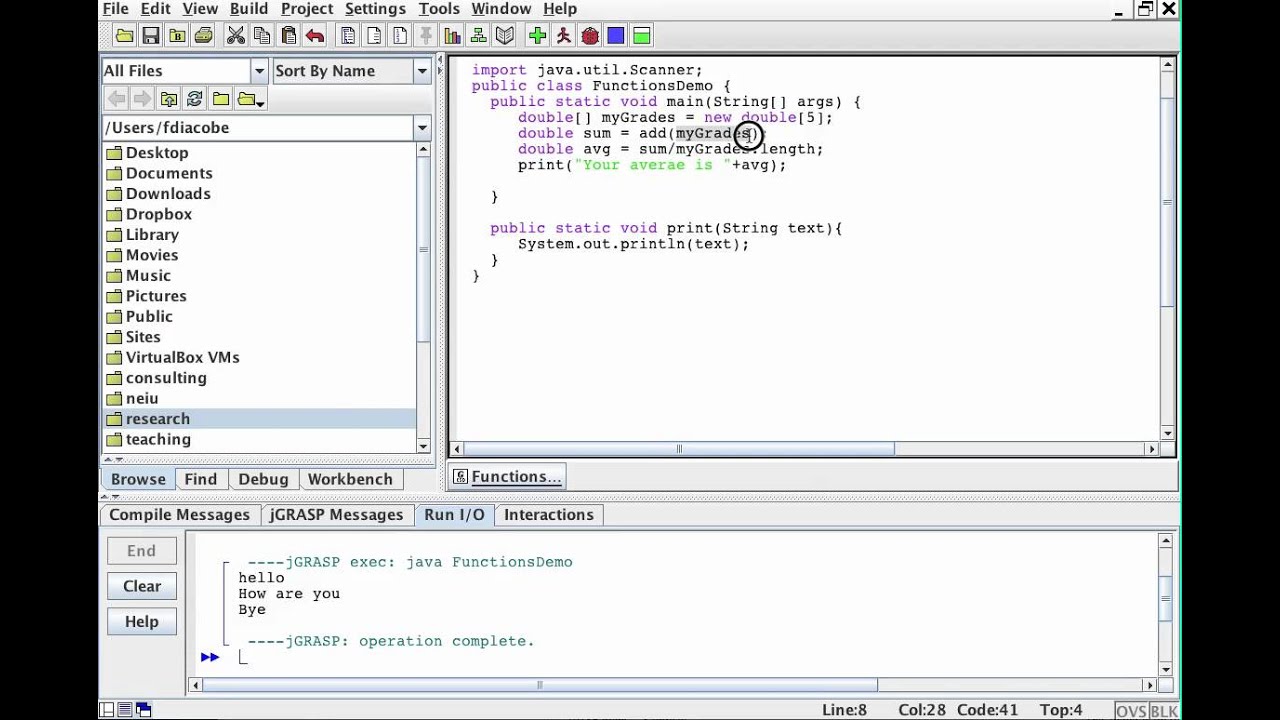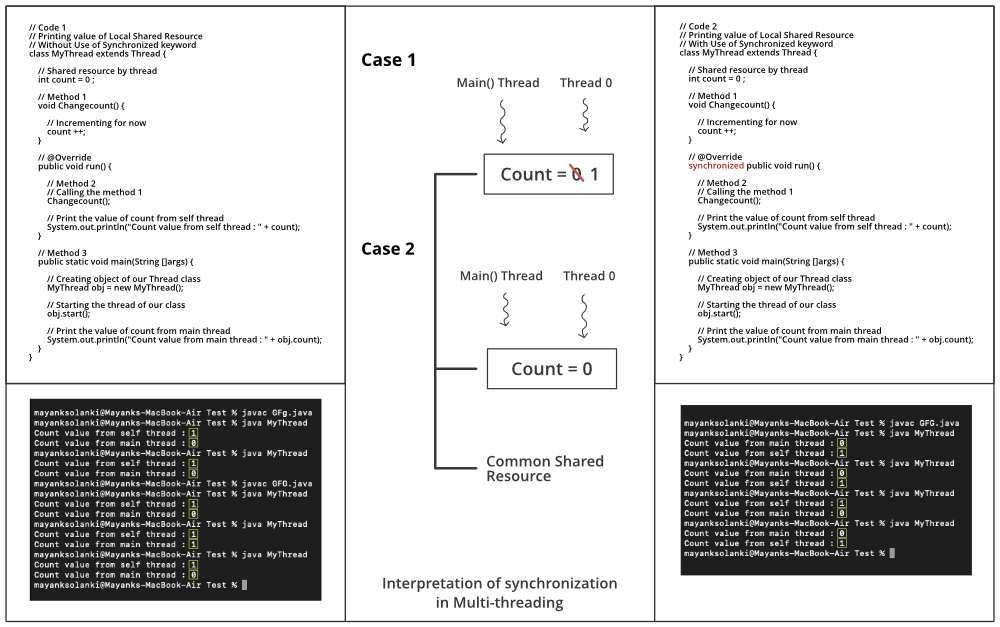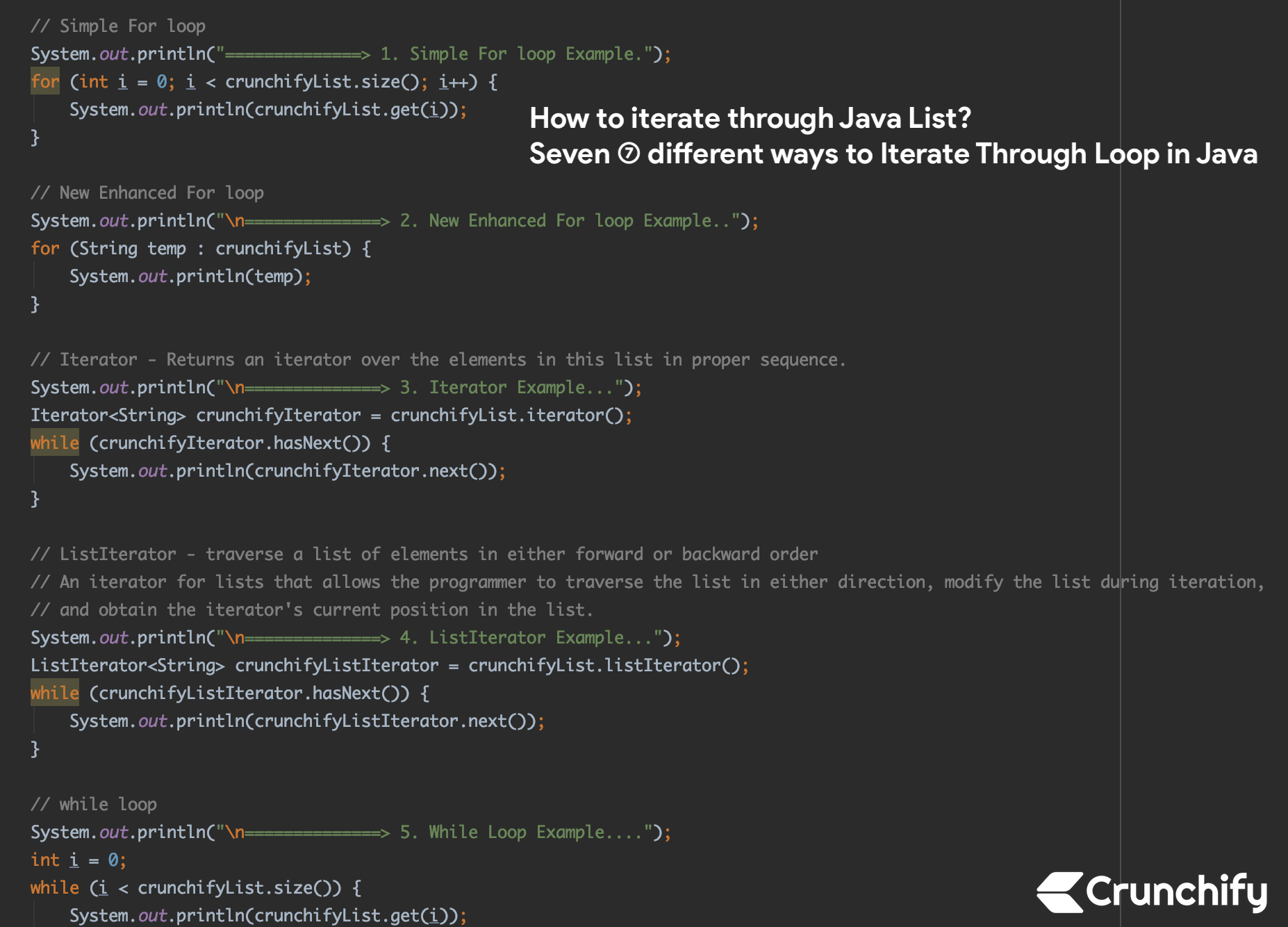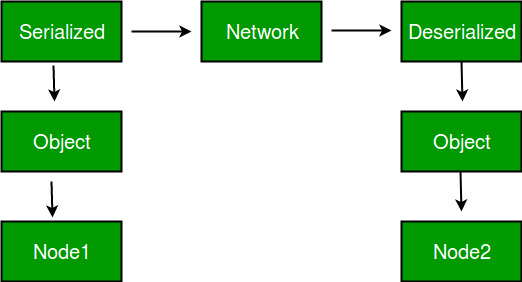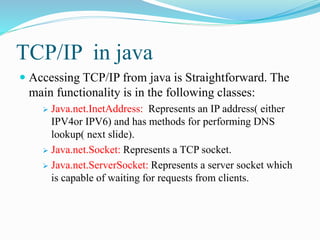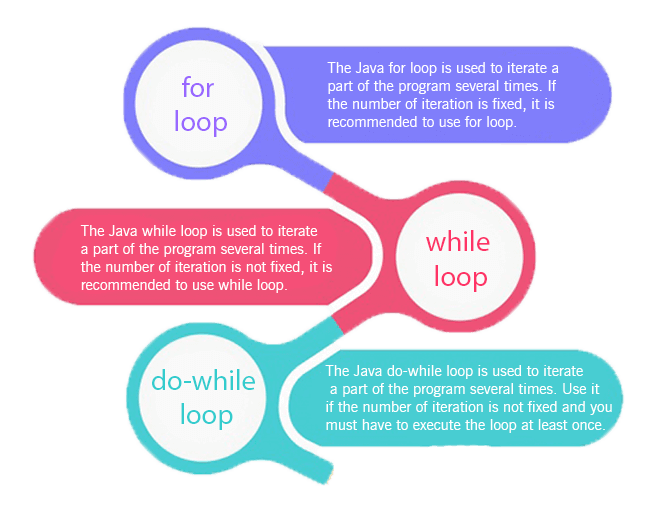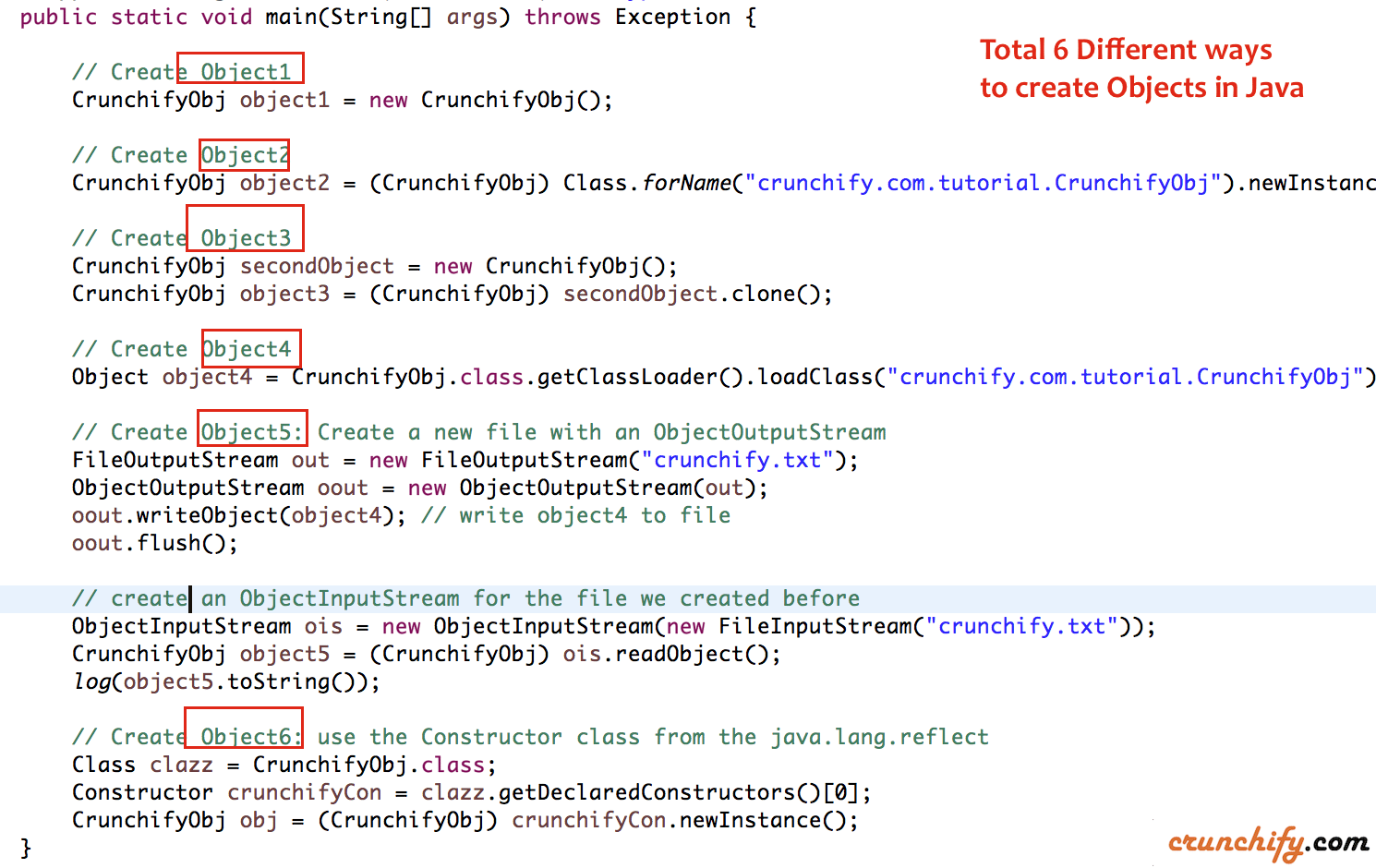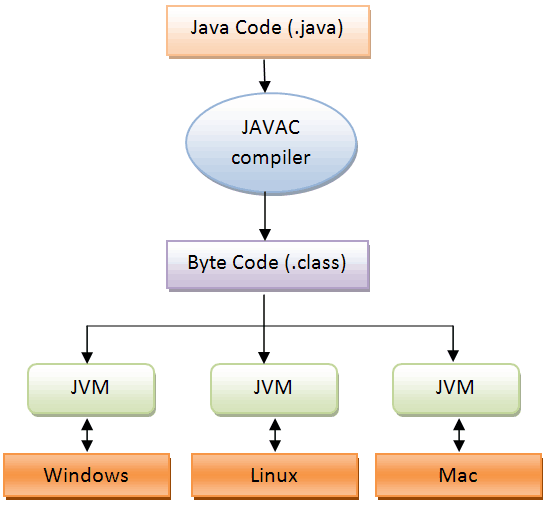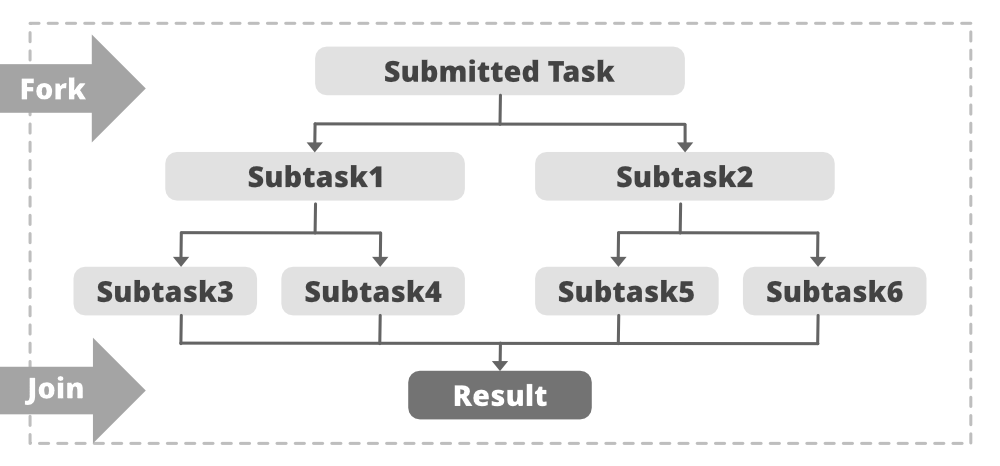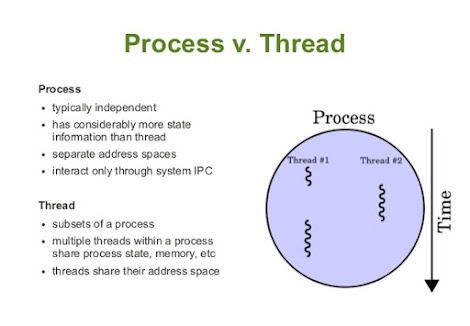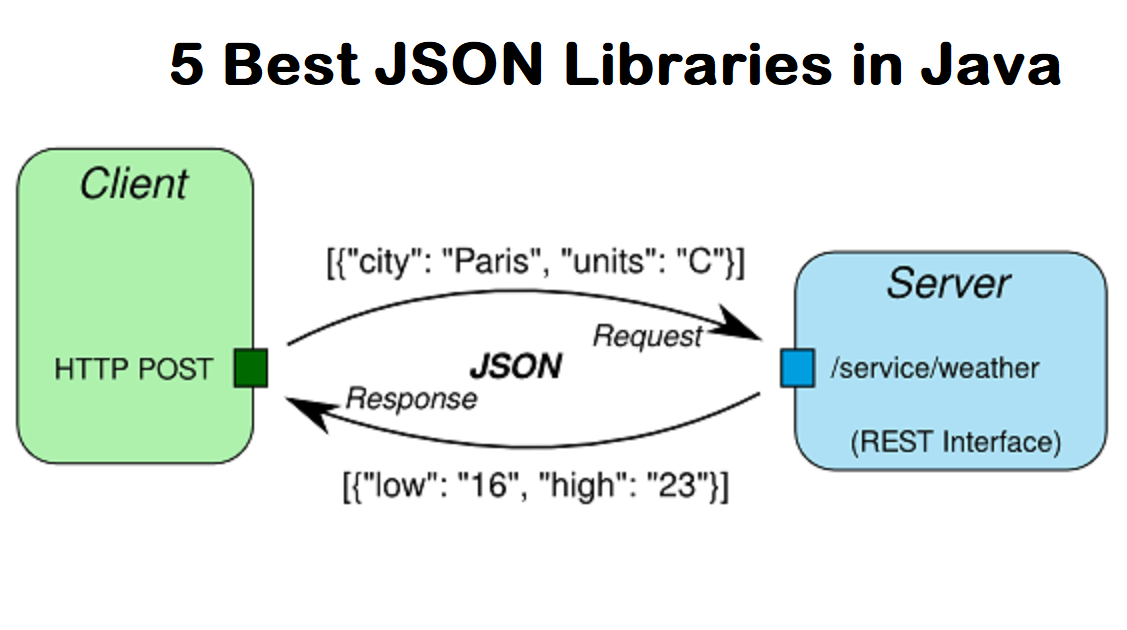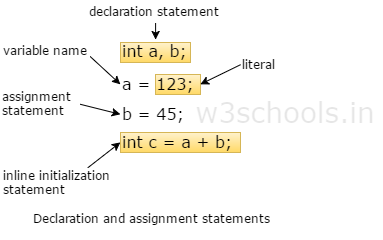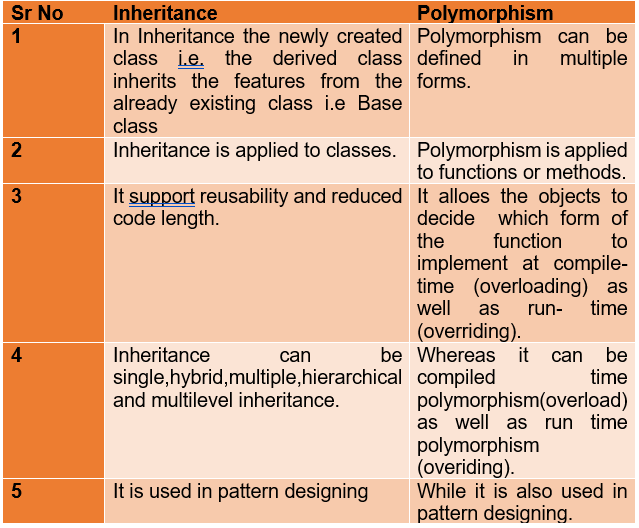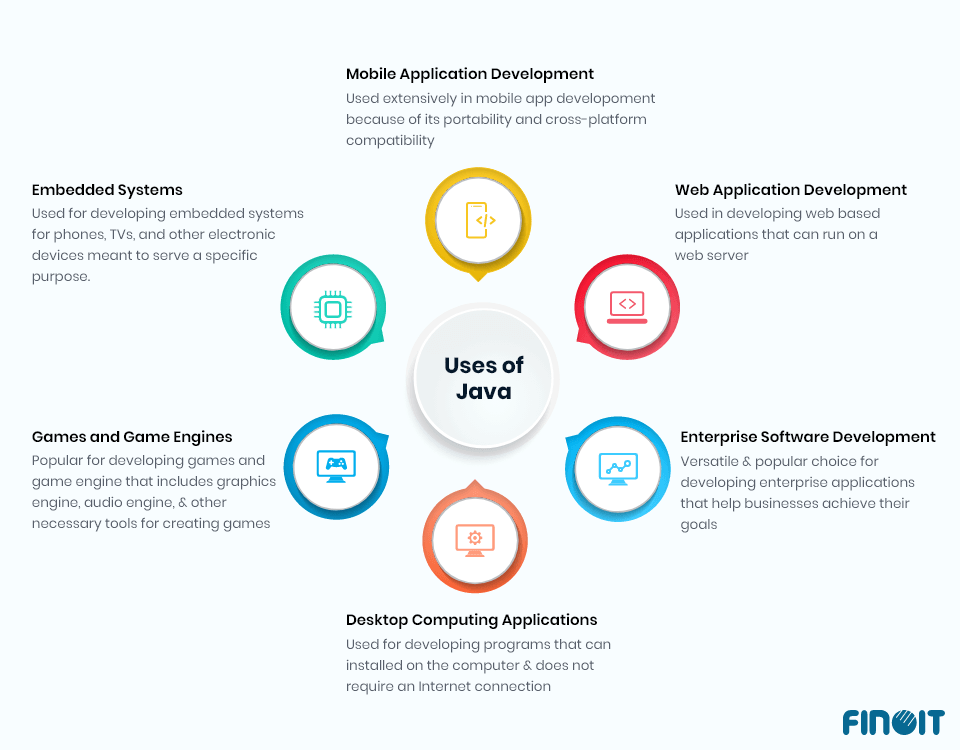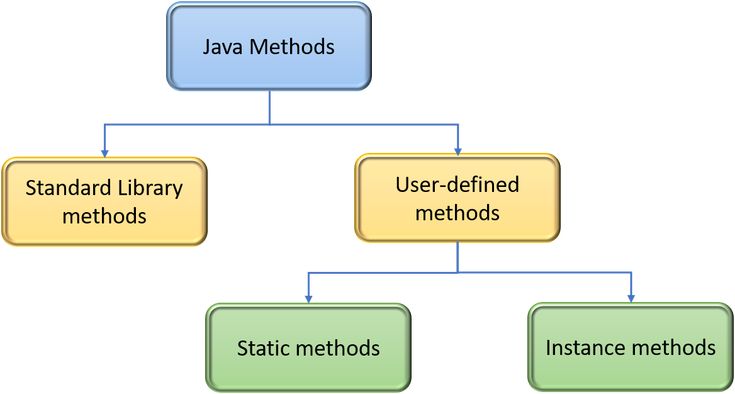Can I implement two interfaces in Java?
Can I implement two interfaces in Java?
I'd be happy to help!
Yes, you can implement multiple interfaces in Java. In fact, it's a common practice to do so when designing classes that need to conform to different sets of rules or behaviors.
Let's dive into the details!
When implementing multiple interfaces in Java, you're essentially combining the methods and properties defined by each interface into a single class. This is known as "implementing" or "fulfilling" the interfaces.
Here are some key points to keep in mind:
Interface Hierarchy: When implementing multiple interfaces, it's essential to ensure that there are no conflicting method signatures (i.e., methods with the same name and parameter types). If there are conflicts, you'll need to use explicit interface names or consider creating a hierarchy of interfaces to resolve the issue. Multiple Interface Implementation: In Java, a class can implement multiple interfaces using theimplements keyword followed by a comma-separated list of interface names. For example: public class MyClass implements InterfaceA, InterfaceB { ... } Interface Method Implementation: When implementing multiple interfaces, you'll need to provide implementations for each method declared in the interfaces. You can do this by overriding the methods with your own custom implementation. Polymorphism and Inheritance: Implementing multiple interfaces allows you to create polymorphic objects that can be treated as instances of different interface types. This is achieved through inheritance, where a class can extend another class or implement an interface.
Here's some sample Java code that demonstrates implementing multiple interfaces:
// Define two interfaces with methods
public interface InterfaceA {
void methodA();
}
public interface InterfaceB {
void methodB();
void methodC();
}
// Implement both interfaces in a single class
public class MyClass implements InterfaceA, InterfaceB {
@Override
public void methodA() {
System.out.println("Implementing Interface A");
}
@Override
public void methodB() {
System.out.println("Implementing Interface B - method B");
}
@Override
public void methodC() {
System.out.println("Implementing Interface B - method C");
}
}
// Usage example:
MyClass myObject = new MyClass();
myObject.methodA(); // Output: Implementing Interface A
myObject.methodB(); // Output: Implementing Interface B - method B
myObject.methodC(); // Output: Implementing Interface B - method C
In this code snippet, we define two interfaces (InterfaceA and InterfaceB) with methods. Then, we implement both interfaces in a single class (MyClass). The MyClass class provides implementations for the methods declared in each interface.
When you create an instance of MyClass (e.g., myObject = new MyClass();) and call its methods, the correct implementation will be executed based on the interface type. This is an example of polymorphism, where objects of different types can behave like instances of different interfaces.
In summary, implementing multiple interfaces in Java allows you to create classes that conform to different sets of rules or behaviors. By combining the methods and properties defined by each interface, you can design robust and reusable code that's easy to maintain and extend.
Can a class implement multiple interfaces in Java
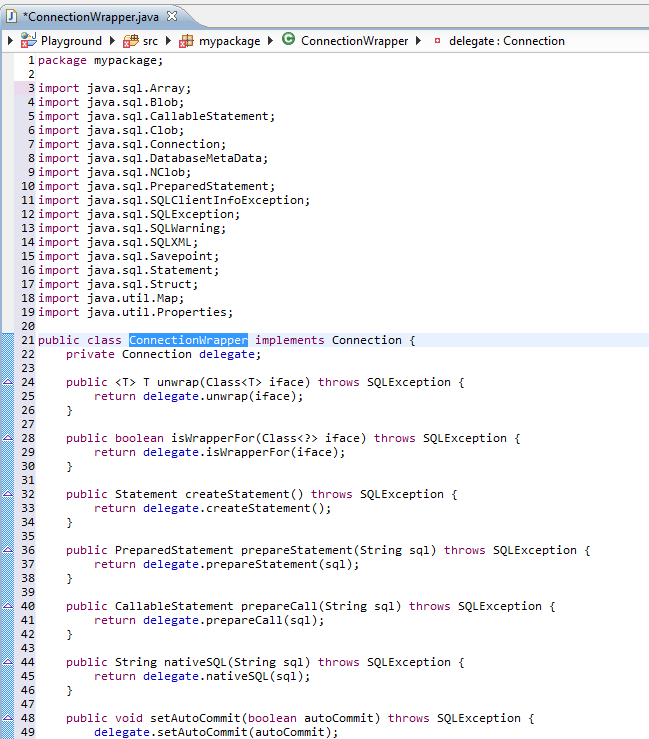
I'd be happy to explain the concept of implementing multiple interfaces in Java.
In Java, an interface is a abstract class that can't be instantiated directly. An interface defines a contract that any class implementing it must adhere to. A class can implement one or more interfaces to inherit the behavior and methods defined by those interfaces.
Yes, a class can implement multiple interfaces in Java. This is achieved using the implements keyword followed by the names of the interfaces separated by commas. For example:
public class MyClass implements Interface1, Interface2 {
// implementation of interface methods goes here
}
In this case, MyClass is said to implement both Interface1 and Interface2. A class can only implement multiple interfaces if they don't have any conflicting method signatures. If two or more interfaces define the same method with different signature (for example, one returns a list of strings while another returns an array of strings), you'll get a compiler error.
Here's how it works:
When a class implements an interface, it must provide implementations for all the methods declared in that interface. A class can also inherit behavior from more than one interface. In this case, the class must implement all the methods from each of the interfaces. If multiple interfaces declare the same method with different signatures, you'll get a compiler error when you try to compile your code.Here's an example demonstrating how multiple interfaces can be implemented in Java:
interface Interface1 {
void doSomething();
}
interface Interface2 {
void doSomethingElse();
}
class MyClass implements Interface1, Interface2 {
public void doSomething() {
System.out.println("Implementing interface 1 method");
}
public void doSomethingElse() {
System.out.println("Implementing interface 2 method");
}
}
public class Main {
public static void main(String[] args) {
MyClass obj = new MyClass();
obj.doSomething(); // Output: Implementing interface 1 method
obj.doSomethingElse(); // Output: Implementing interface 2 method
}
}
In this example, MyClass implements both Interface1 and Interface2. It provides implementations for the doSomething() and doSomethingElse() methods declared in these interfaces. The Main class creates an instance of MyClass and calls its methods to demonstrate how multiple interfaces can be implemented.
In summary, a Java class can implement multiple interfaces as long as there are no conflicting method signatures. This feature is useful when you want a class to behave according to the rules defined by multiple interfaces.
